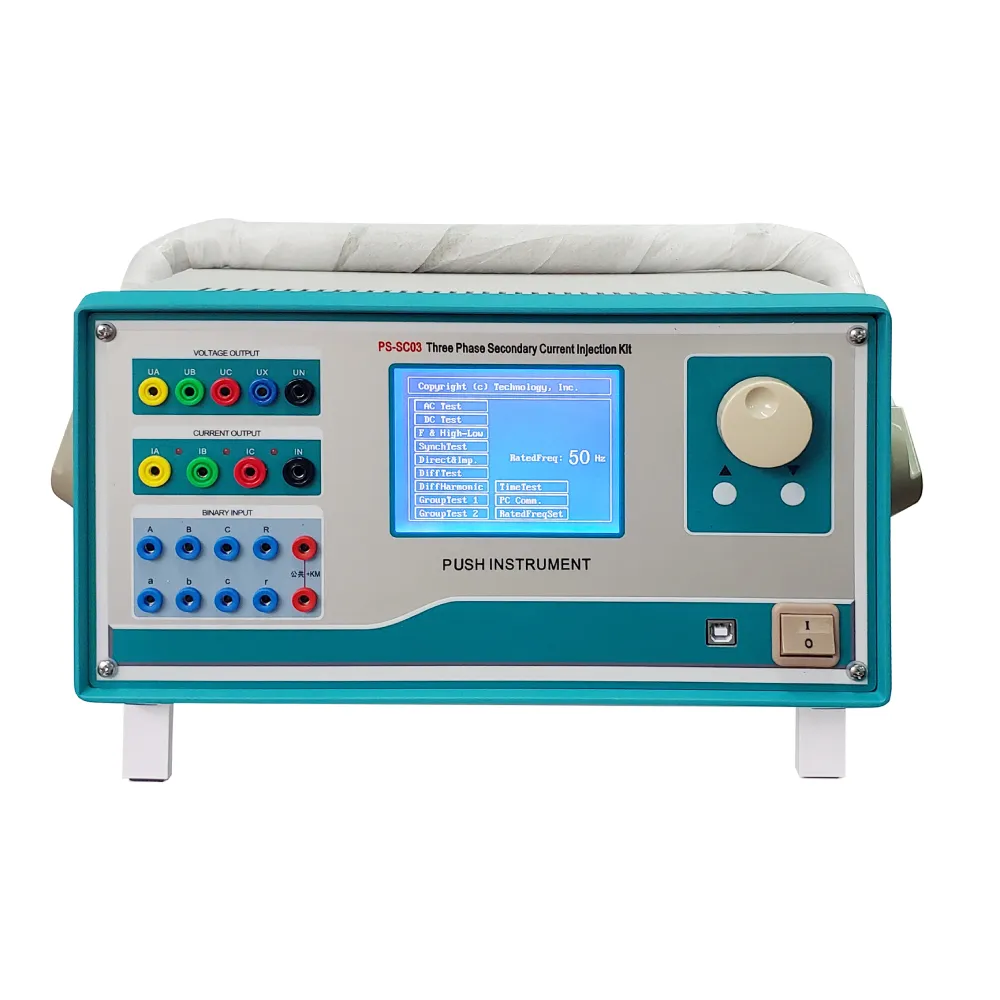 English
English


insulation resistance test cable
Understanding Insulation Resistance Testing for Cables
In the world of electrical engineering, ensuring the safety and reliability of power distribution systems is paramount. One crucial aspect of this safety is the insulation of cables. Over time, environmental factors, mechanical wear, and thermal stress can degrade insulation, leading to potential hazards. This is where insulation resistance testing comes into play. In this article, we will explore the importance of insulation resistance testing for cables, the testing process, and best practices.
What is Insulation Resistance Testing?
Insulation resistance testing is a method used to measure the effectiveness of a cable’s insulation. Typically expressed in megohms (MΩ), insulation resistance indicates the quality of the insulating material surrounding electrical conductors. High insulation resistance reflects good insulation integrity, while low readings suggest deterioration or damage that could lead to electrical faults.
Importance of Insulation Resistance Testing
1. Safety One of the primary reasons for performing insulation resistance tests is to prevent electrical shocks and fires. Poor insulation can lead to short circuits, which may result in equipment damage or serious injuries.
2. Preventive Maintenance Regular testing helps identify insulation problems before they escalate into costly repairs or outages. By incorporating regular insulation resistance tests into a maintenance schedule, companies can address potential issues proactively, enabling greater uptime and reliability.
3. Compliance Many electrical standards and regulations require insulation testing, ensuring that installations operate safely. Compliance with these regulations is essential for both legal protection and to guarantee the safety of personnel and equipment.
4. Assessing Age and Wear Cables degrade over time due to various factors like temperature fluctuations, moisture, and physical damage. Insulation resistance tests effectively evaluate the aging process of cable insulation, helping engineers determine the remaining useful life of electrical installations.
The Insulation Resistance Testing Process
Typically, insulation resistance testing follows a systematic procedure, including the following steps
1. Preparation Before conducting tests, ensure that all equipment is de-energized and properly grounded. Disconnect the cables from any connected devices to avoid damaging the testing equipment.
insulation resistance test cable

2. Selecting Test Voltage The testing device, known as an insulation resistance tester or megohmmeter, is set to a specific voltage, commonly 250V, 500V, or 1000V. The choice of voltage depends on the cable's insulation rating and the standards applicable in your region.
3. Performing the Test The tester's leads are connected to the conductor and the cable's metallic sheath or ground. The tester generates a voltage, and resistance is measured. The readings are noted, and it’s essential to take them seriously — values below 1 MΩ usually warrant further investigation.
4. Analyzing Results Compare the insulation resistance readings against established benchmarks or manufacturer specifications. Consistently low readings may highlight areas for further inspection or indicate the need for replacement.
5. Documentation It is crucial to maintain detailed records of the test results for future reference. This documentation aids in trend analysis over time and supports maintenance decisions.
Best Practices for Insulation Resistance Testing
- Frequency of Testing Conduct insulation resistance tests during an initial installation, after significant operational changes, or periodically as part of a preventive maintenance regime.
- Environment Considerations Perform tests in suitable environmental conditions (e.g., dry and clean) to attain accurate results. Moisture can significantly affect readings.
- Use Proper Equipment Always use calibrated insulation resistance testers designed specifically for the cable's voltage rating. Quality equipment ensures reliable results.
- Secure Access Ensure that access to cables is safe and that protective measures are in place to prevent accidental contact with live parts.
Conclusion
Insulation resistance testing is an invaluable tool in ensuring the safety and reliability of electrical installations. By understanding its significance, following proper testing procedures, and adhering to best practices, engineers can mitigate risks, comply with regulations, and maintain the integrity of their systems. As technology advances and electrical systems grow more complex, the importance of insulation resistance testing only increases, making it a critical component of effective electrical maintenance strategies.
-
Differences between open cup flash point tester and closed cup flash point testerNewsOct.31,2024
-
The Reliable Load Tap ChangerNewsOct.23,2024
-
The Essential Guide to Hipot TestersNewsOct.23,2024
-
The Digital Insulation TesterNewsOct.23,2024
-
The Best Earth Loop Impedance Tester for SaleNewsOct.23,2024
-
Tan Delta Tester--The Essential Tool for Electrical Insulation TestingNewsOct.23,2024





